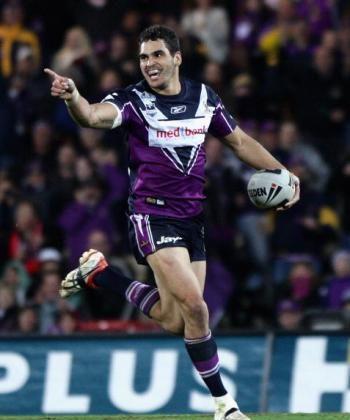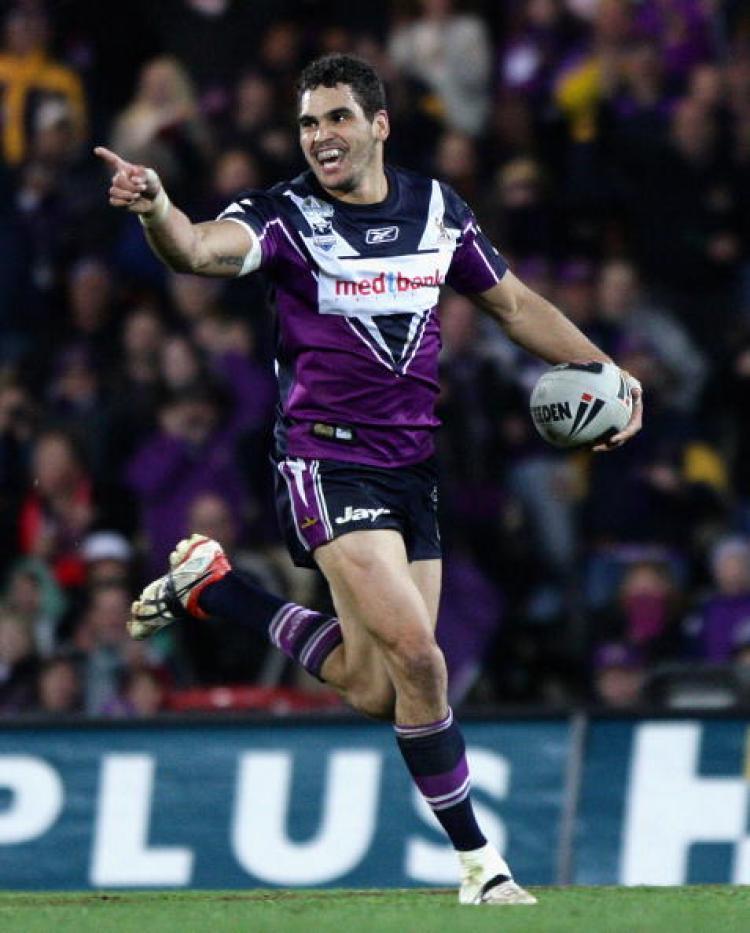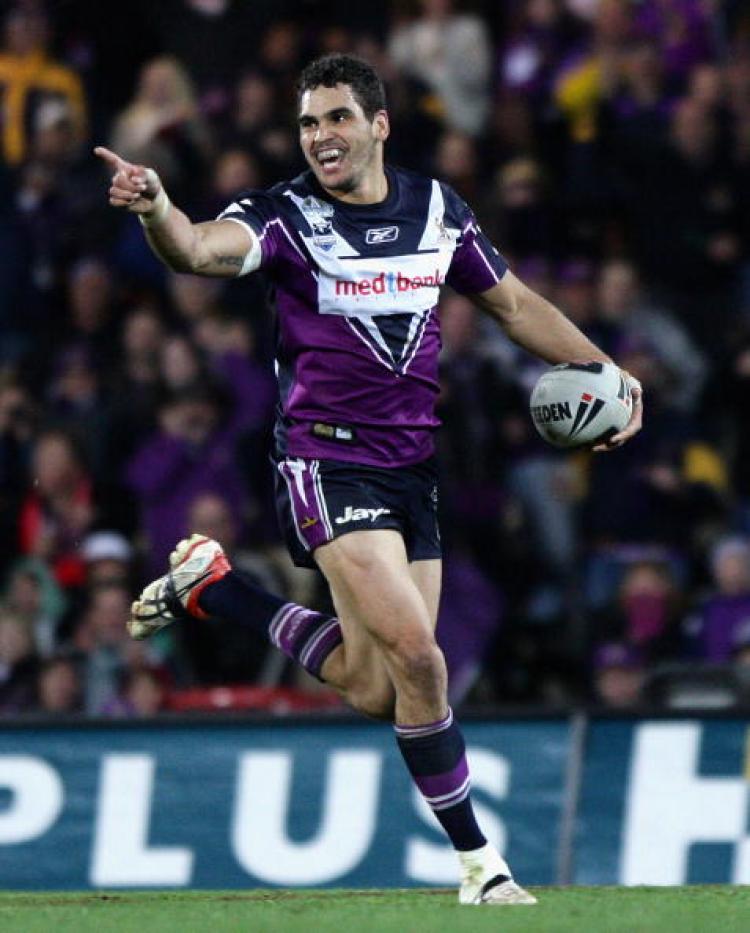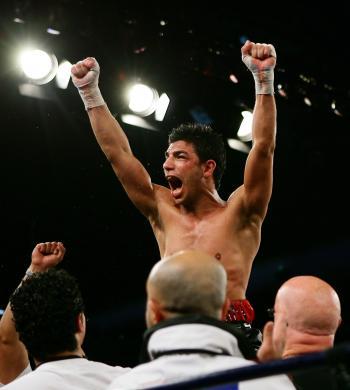The NRL’s innovative Reconciliation Action Plan (RAP) has been developed as a vehicle to foster pragmatic “hands on” reconciliation between Indigenous and non-Indigenous Australians.
The National Rugby League has recognised the benefits of having such talented Indigenous players. As if to even the ledger, the NRL has invented its own plan to give back to a population that has given rugby League so much.
Launched in February this year, the RAP aims to provide an avenue to build relations between Indigenous and non-Indigenous Australians. The RAP is about displaying and educating an awareness of Indigenous issues among fans and players alike.
Among the initiatives in the RAP are:
Deliver cultural awareness training to all the players in the Toyota Cup.
Develop an Indigenous Players reference group to voice the issues and concerns of current players.
Provide elite development pathways for identified Indigenous athletes.
Further to this, the RAP targets the remote Indigenous population with the delivery of literacy specific books to disadvantaged schools with a high concentration of Indigenous children. Another positive is to increase the number of players presenting workshops to Indigenous kids about healthy choices and goal setting.
Rather than standing stoic, the NRL has displayed a great social responsibility and has joined the forefront of new-age leadership.
The Indigenous population barely represents 3 per cent of all Australians, yet 11 per cent of NRL players proudly claim an Indigenous heritage.
The NRL’s host of Indigenous stars, such as the North Queensland Cowboys’ Matt Bowen and the Melbourne Storms’ Greg Ingliss, exhibit a genetic predisposition to be quick, agile and therefore exciting. This penchant for producing talented footballers was reflected in the ANZAC test, where 5 players (out of a total of 17) in Australia’s Test team were of Indigenous heritage.
Some of the NRL’s past Indigenous greats include Eric Simms (South Sydney Rabbitohs), Arthur Beetson (Balmain Tigers, Easts Roosters, Parramatta Eels), Mal Meninga (Canberra Raiders) and Cliff Lyons (Manly Sea Eagles).
The Toyota Cup too has allowed fans to peer into the future and spot exciting young Indigenous talent. Some of the amazing crop of young stars coming through includes Ben Barba (Canterbury Bulldogs), Matt Mundine (St George Illawarra Dragons), Chris Sandow (South Sydney Rabbitohs) and Shannon Walker (Gold Coast Titans).
* Meanwhile, a “Dreamtime” Aboriginal team will play a Maori team as a curtain-raiser to the opening ceremony of the Rugby League World Cup. The game, to be played at the Sydney Football stadium on Sunday October 26, will feature an exciting line-up of talent. Speculation has been mounting that ex-rugby league player and boxing star Anthony Mundine may be asked to play in the one-off event.
Possible Dreamtime line-up (minus current Kangaroos Test players)
Fred Briggs, Preston Campbell, Anthony Mundine, Scott Prince, Amos Roberts, Wendell Sailor, Jarrod Sammut, Matt Sing, Sam Thaiday, Willie Tonga, Daniel Wagon, Rhys Wesser and Dean Widders.




